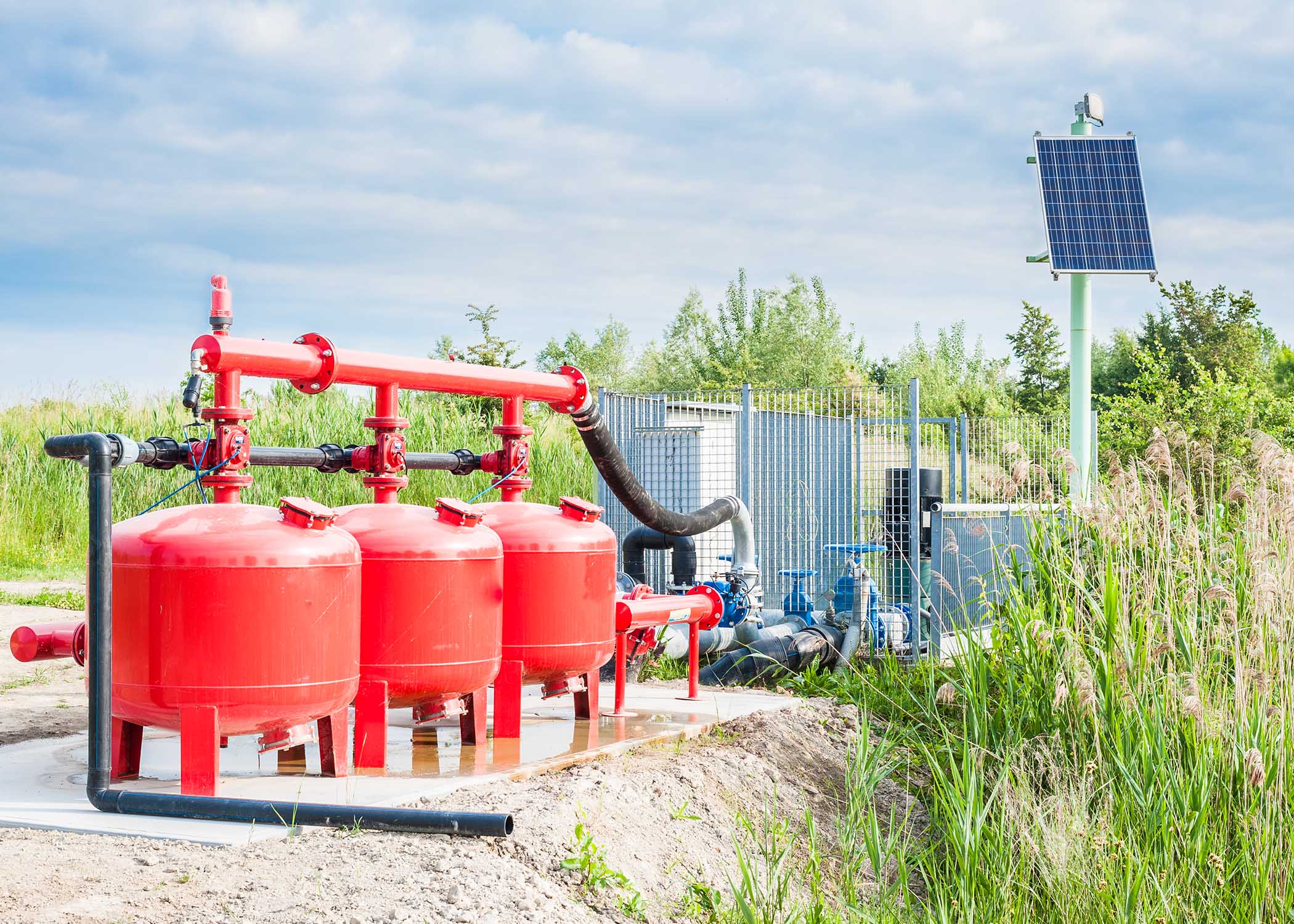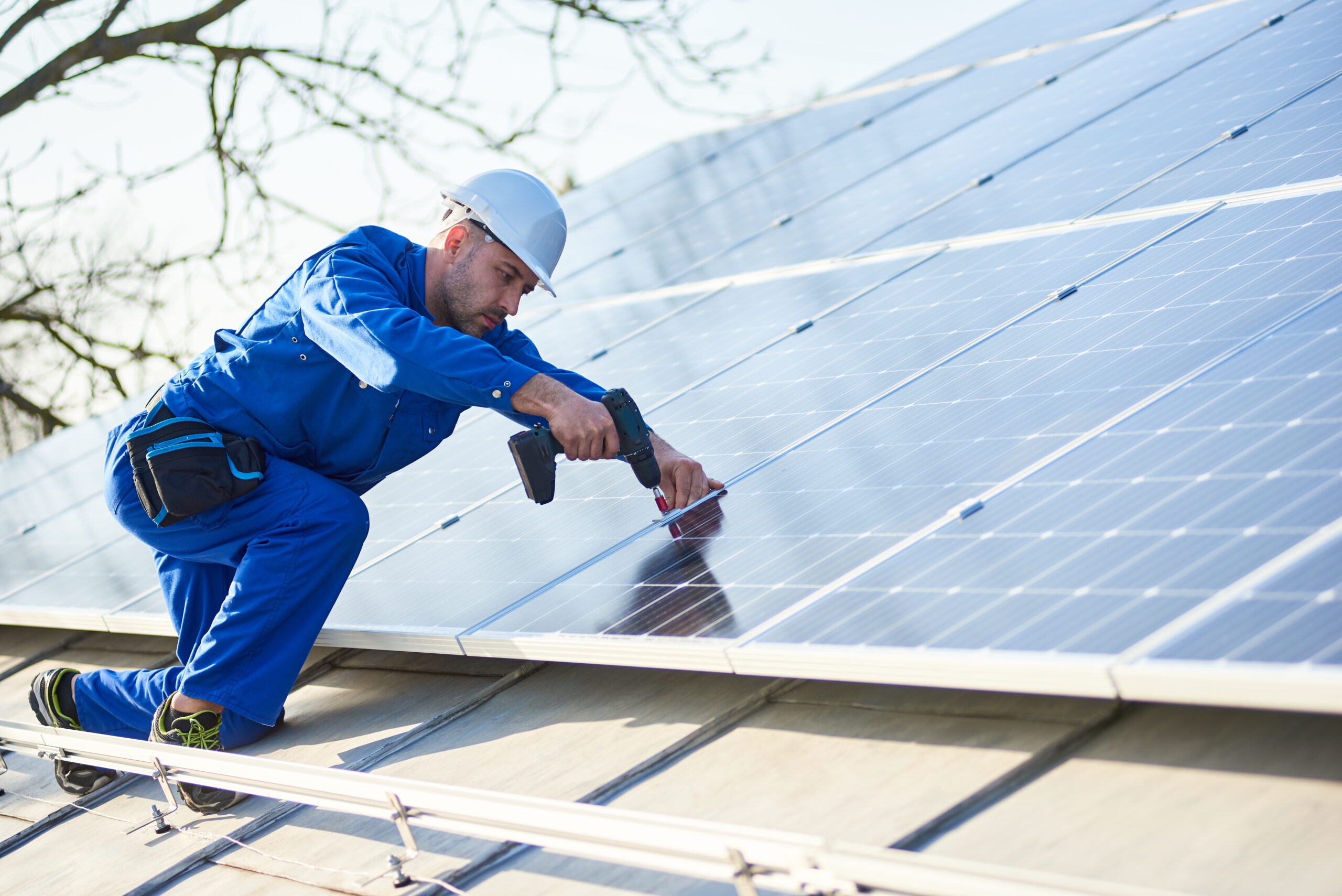As a farmer or rancher, at some point, you may have experienced a drought.
Those of us out West are currently experiencing this firsthand . . . at historic levels.
And you know that it poses a significant risk to your livestock.
Cows stressed by heat experience:
- Reduced milk production
- Reduced pregnancy rates
- Increased disease
- Higher death rates
- Lower calf birth weights
- Impaired immune systems
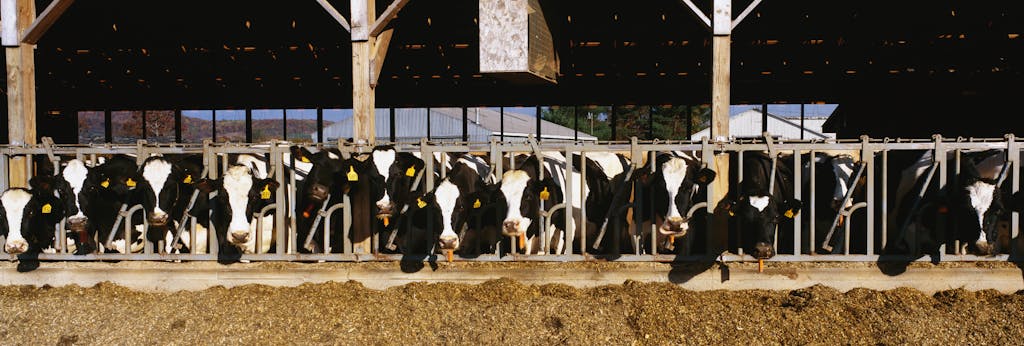
Preventing heat stress requires additional power and resources, including:
- Shade
- Ventilation (natural and mechanical fans)
- Sprinklers and misters
- Drinking water
The same applies to poultry farms.

All this means that additional electricity is required to keep your animals healthy and productive.
Thankfully you have options.
One is to produce renewable energy on your property.
Wind and solar are the two most common, but solar can provide some of the items on the above list.
How?
Not only can solar panels provide shade for your animals, but they can also power your ventilation fans, sprinklers, misters, and other equipment.
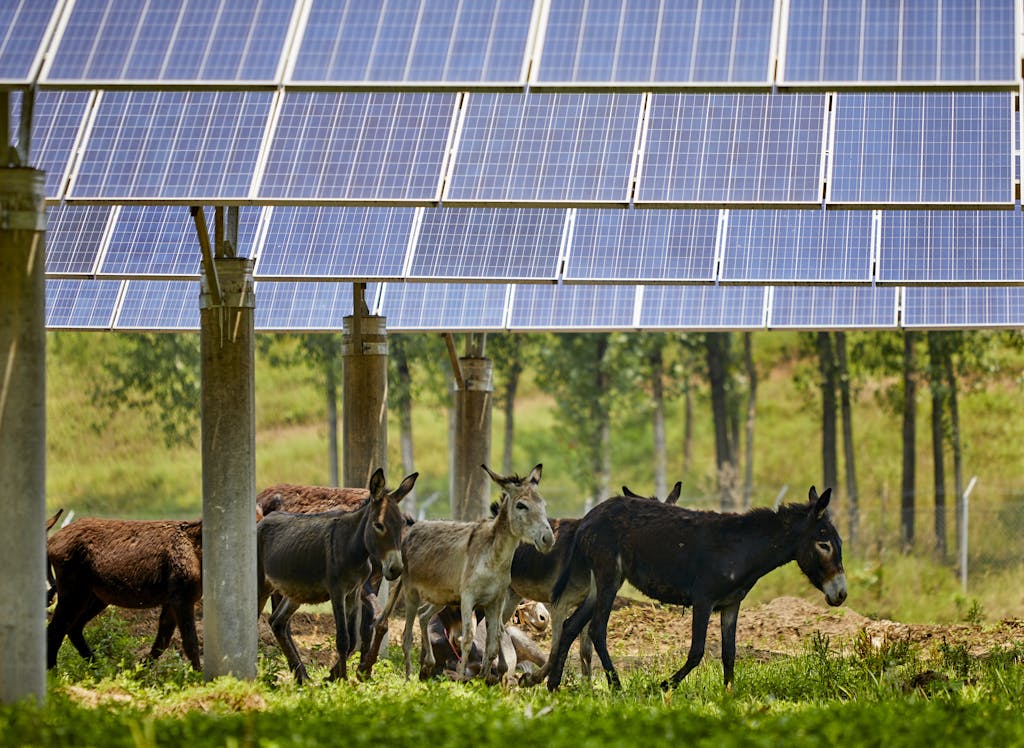
But it can also significantly cut your operational costs in the process.
There’s only one glitch.
The upfront costs of renewable energies are high.
But there’s good news . . . it comes in the form of free money and loans.
Let’s have a look.
REAPing the Rewards of Renewables
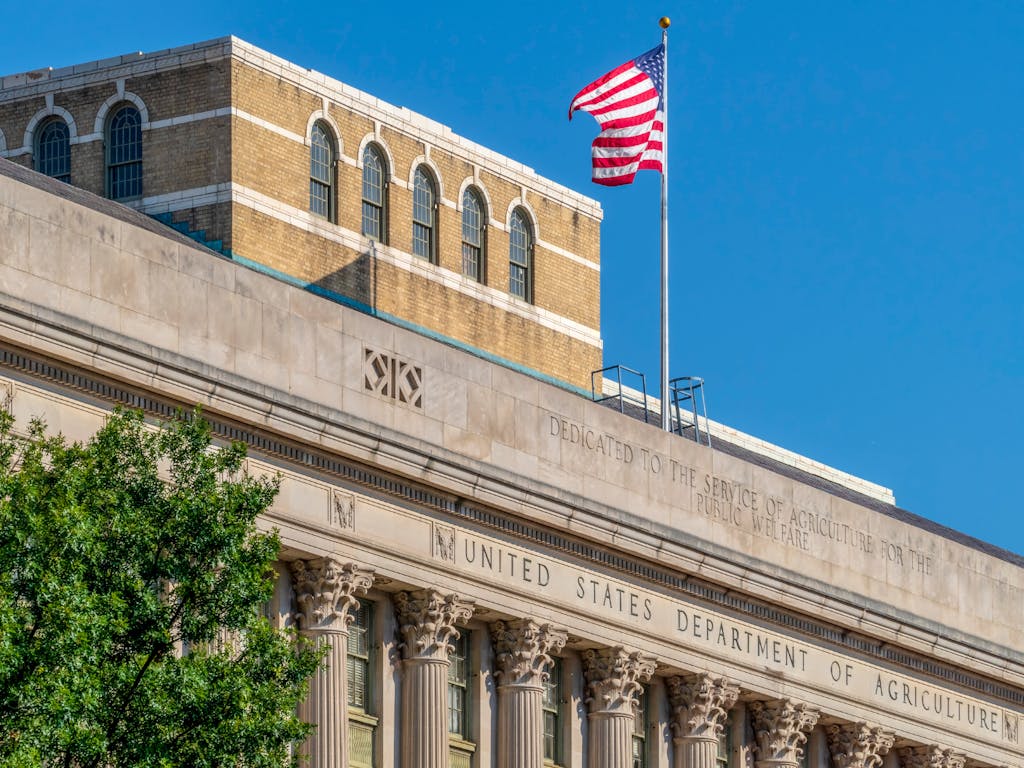
So where is this free money that sounds too good to be true?
The Rural Energy for America Program (REAP) provides grants and additional funding to farmers, ranchers, and the rural small businesses that serve them.
REAP is administered by the Rural Business-Cooperative Service of the United States Department of Agriculture.
What does REAP do?
REAP’s purpose is to lower energy costs for agricultural producers and promote American energy independence by decreasing the demand for energy while increasing the supply of renewables in the private sector.
Originally, REAP was Section 9006 of the 2002 Farm Bill.
It went through alterations in the 2008 Farm Bill and was reauthorized in the 2014 and 2018 Farm Bills.
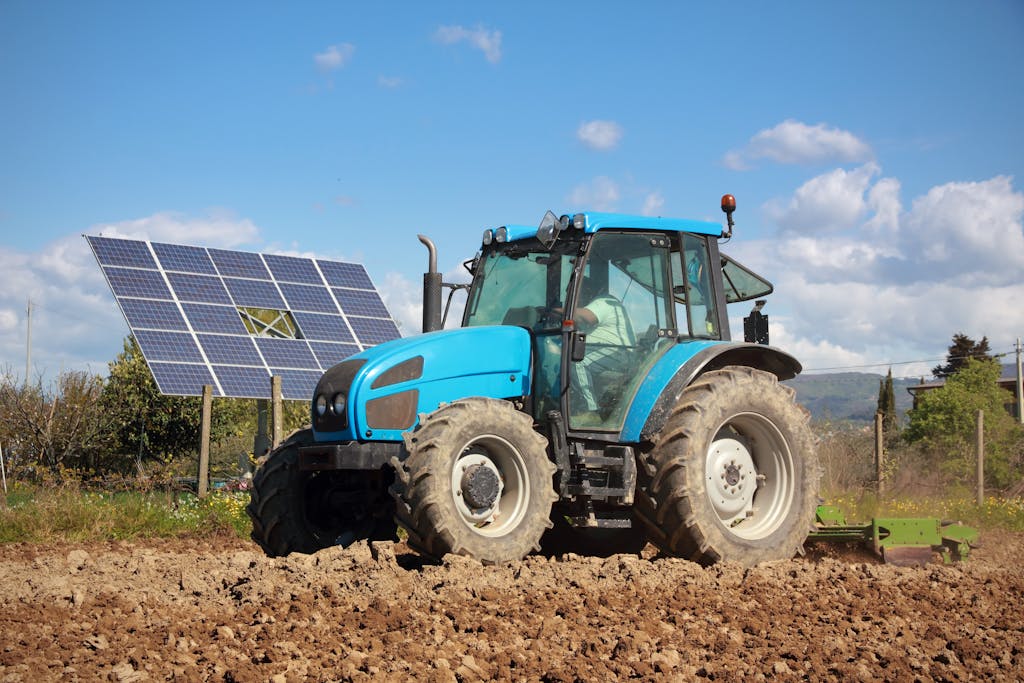
That history lesson is fine and dandy.
But what matters is that under the 2014 Farm Bill and the 2018 reauthorization, REAP receives $50 million per year as a permanent funding baseline.
It can also receive additional funding annually in appropriations, which means more money for program applicants.
What Types of Funding Are Available through REAP?
There are two types of REAP funding available:
- Grants
- Guaranteed Loans
A grant is a monetary award that a third party (in this case, the federal government) gives you to spend for a specific purpose.
For example, solar power grants available through REAP are only used to purchase a solar power system for your farm or ranch.
A grant is not a loan, so you do not have to pay it back.
Another form of funding available through REAP is a guaranteed loan.
With this type of funding, you borrow money from a lender that you eventually have to pay back.
However, the federal government guarantees the loan so that if you default on payments for some reason, the government will pay what you owe to your lender on your behalf.
REAP provides grants and guaranteed loans for one of two purposes.
#1: For the installation of a new renewable energy system on your farm or ranch.

This is the category that solar power grants fall into, but you can also use it for the following types of renewable energy systems:
- Ocean generation
- Wind generation
- Geothermal energy
- Hydropower (below 30 megawatts)
- Biomass (e.g., anaerobic digesters, ethanol, and biodiesel)
#2: REAP funds can be used to improve energy efficiency in your farm or ranch operation.
This can include replacing outdated, inefficient equipment or installing new energy-efficient updates such as lighting, insulation, or refrigeration units.
High-efficiency HVAC systems for your outbuildings can also qualify.
What Projects Are Eligible for REAP Funding?

Generally speaking, projects to install a new renewable energy system on your property, such as solar panels or a wind turbine, are eligible for REAP funding as long as they meet one of the criteria listed above.
You can also use REAP funding for any project designed to save energy on your property, whether that means conserving diesel fuel, electricity, natural gas, or propane.
However, some projects are not eligible for REAP funding:
- Residential Use: Your renewable energy project must be specifically for your farm or ranch, not to power your residence.
- Research and Development: Solar power grants can only be used for proven technology that is commercially available or pre-commercial.
- Vehicles: Grants cannot be used for any vehicles, including agricultural equipment.
- Facility Expansion: Energy efficiency grants can only be used to make improvements to existing facilities, not to expand them.
How Much Can You Receive in Solar Power Grants through REAP?

The amount of grant money you can receive from REAP depends on the total cost of the project and the type of grant you are seeking.
You must calculate what the project will cost before you apply because the grant cannot be more than 25% of that.
If applying for a grant only, you must provide the remaining 75% of the project cost.
Both renewable energy system grants and energy efficiency grants have a specific dollar range into which they must fall.
The maximum amount for solar power grants is $500,000, and the minimum is $2,500.
Energy efficiency grants are intended to improve existing systems, so you cannot receive as much money from them.
The maximum amount for an energy efficiency grant is $250,000, and the minimum is $1,500.
Perhaps because you will eventually have to pay back a guaranteed loan that you receive under REAP, you can borrow a higher amount.
In the case of a loan, you must provide at least 25% of the project cost and plan to borrow at least $5,000.

The law says that loan guarantees under REAP cannot exceed $25 million.
While the government guarantees your REAP loan, there are other fees that you are responsible for paying.
For example, as of mid-2021, you have to pay 0.25% of the outstanding principal balance on an annual basis as a guarantee retention fee and an initial guarantee fee of 1% of the loan amount.
A lender may offer you either a fixed or variable interest rate, and you can negotiate this as well as loan origination fees.
If you end up with a variable interest rate, it cannot be adjusted more often than once per quarter.
Can You Combine Solar Power Grants and Guaranteed Loans through REAP?
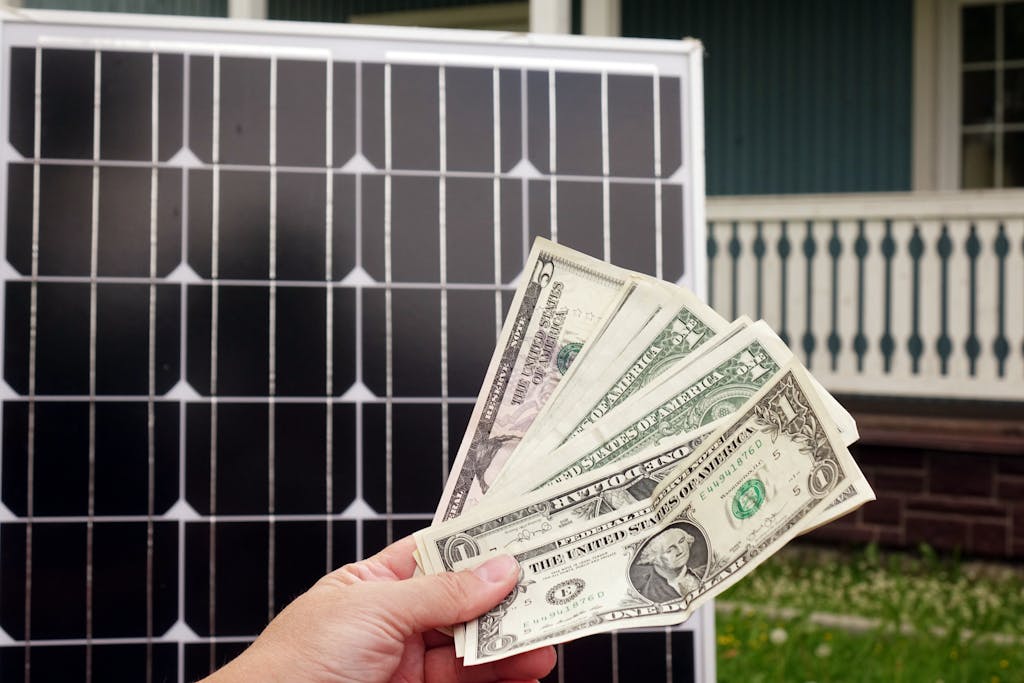
If your project qualifies for REAP funding, you may apply for a combined grant and guaranteed loan for it.
You can fill out an official combination application with the USDA that allows them to evaluate both simultaneously.
When applied for separately, a guaranteed loan can cover up to 75% of the cost of your project, and a grant can cover 25% of the cost.
However, the law explicitly clarifies that combined REAP funding from a loan and a grant cannot amount to more than 75% of the total cost.
At the very least, you must be able to contribute at least 25% of the expenses for your project.
Who Qualifies for REAP Funding?
Your eligibility to apply for solar power grants under REAP depends on several different factors:
Your Level of Agricultural Activity

To qualify for REAP funding as an agricultural producer, you have to be actively involved in farming or ranching.
Your Income from Agriculture
As an agricultural producer applying for funding through REAP, you must be able to demonstrate that at least 50% of your gross income is from your agricultural operations.
Your Status in the Country
As an individual borrower, you must either be a United States citizen or a lawful permanent resident.
Your Location

As an agricultural producer applying for REAP funding, you can live in rural or non-rural areas. However, if you are applying as a small business owner, you must live in a rural area with fewer than 50,000 residents.
Other Criteria
When considering you for a REAP grant or guaranteed loan, the USDA factors in the following as well:
- The type of renewable energy system you intend to purchase
- The environmental benefits you expect the system to provide
- The estimated quantity of energy you expect the system to generate
- How energy-efficient you expect the new system to be
- The amount of energy savings you expect to derive
- The estimated period of time for the energy savings to equal the cost of the system
In the past, you were required to demonstrate a financial need to apply for solar power grants.
However, as of December 2014, grants through REAP are no longer need-based under the new final rule.
This means that financial need is no longer required for farmers and ranchers wishing to apply for grant money under REAP.
While you no longer have to demonstrate financial need to apply for a REAP grant, you have to have good financial standing to apply for the program.
You must not be delinquent in paying any debt or federal taxes or paying for a judgment against you, nor can you be debarred from contracting with the federal government.
How Do You Apply for Solar Power Grants or Other Funding through REAP?
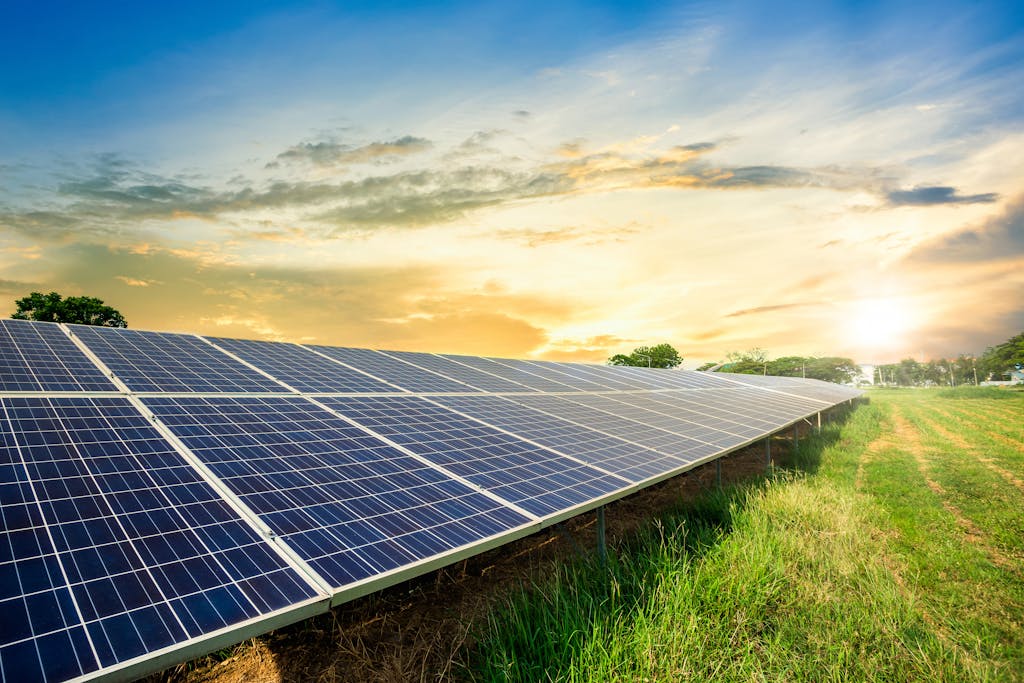
Although REAP is a federal program, you have to apply with the renewable energy coordinator for your state.
Applications for REAP are categorized in three different tiers based on the cost of the project:
- Tier 1: Projects costing $80,000 or less
- Tier 2: Projects costing between $80,000 and $200,000
- Tier 3: Projects costing more than $200,000
The tiered approach is used to make the application process fairer.
Not everyone who applies will receive a grant or a loan, but the government only considers your application alongside others in your same tier.
What Are the Specific Steps To Apply for REAP’s Solar Power Grants?
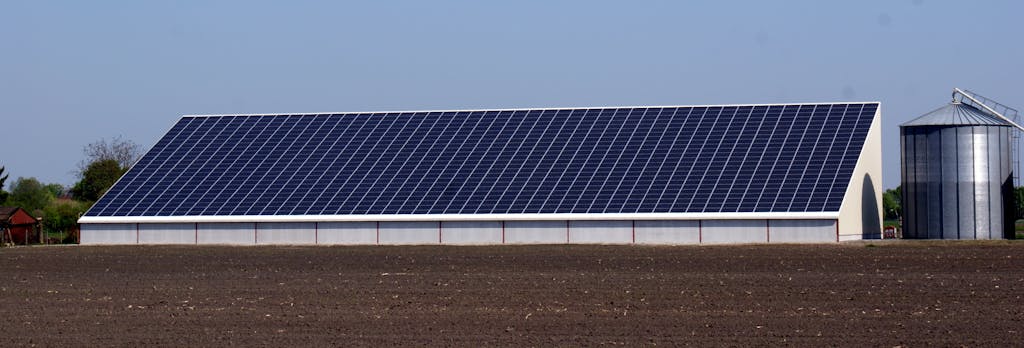
Applying for solar power grants or other forms of REAP funding requires several specific steps:
- Have an energy audit of your property performed.
- This allows you to calculate the energy savings that you expect from the project, which is one of the criteria that USDA uses to evaluate your application.
- You also need this information to determine the cost of your project and what tier you should submit your application under.
- Before filling out your application or any forms, talk to a program specialist at the office of your state rural development energy coordinator.
- The program specialist can inform you of any additional application requirements specific to your state. They can also answer any questions that you may have about your eligibility for the program and the application process.
- Inform your state USDA office of your intent to apply for REAP funding early in the process.
- This allows sufficient time to perform an environmental impact assessment during the application process, a requirement for receiving federal grant money.
- Be aware of the application deadline.
- Your local office should accept applications throughout the year, but to be considered for the next round of REAP funding, you have to apply by March 31, 2022, at the latest.
- If you are applying for a grant or a loan/grant combination of $20,000 or less, the application is due to your local office by November 1, 2021.
- You can submit your application online.
How Will the USDA Evaluate Your Proposal for a Solar Panel Grant?
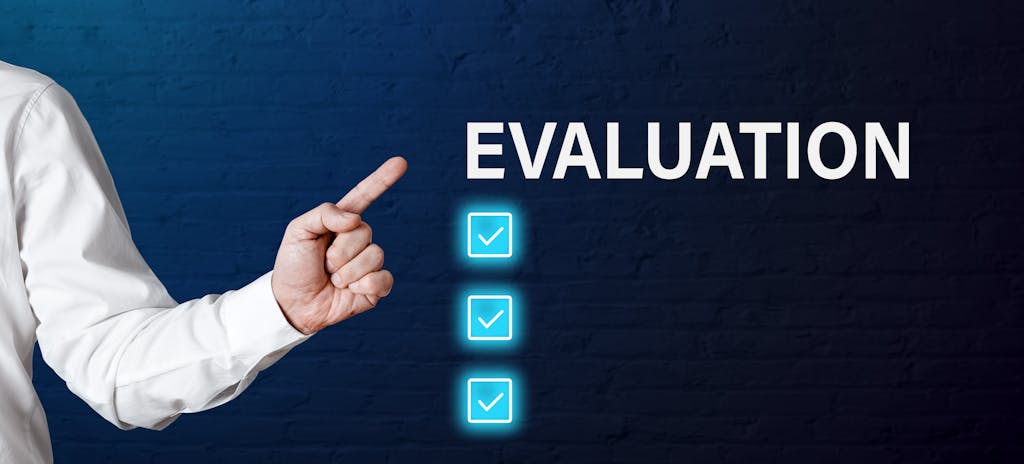
The USDA assigns point values to the criteria it uses to evaluate your proposal.
The more points you have, the more promising your proposal appears to the Department.
Major criteria and their maximum point values include the following:
- Energy generated, saved, or replaced by the proposal: 25 points
- Commitment of funds: 20 points
- Size of the operation: 20 points
- Simple payback calculations: 15 points
- Environmental benefits offered by the proposal: 5 points
If you have never received a REAP award before, you can receive up to 15 points automatically.
If you have received one before, the amount of points you can earn depends on how long ago you received it.
The State Director and Administrator can award up to 10 points if you live in an economically distressed area or fulfill a policy priority, such as geographic or technological diversity.
How Can Unbound Solar Help with the Process?
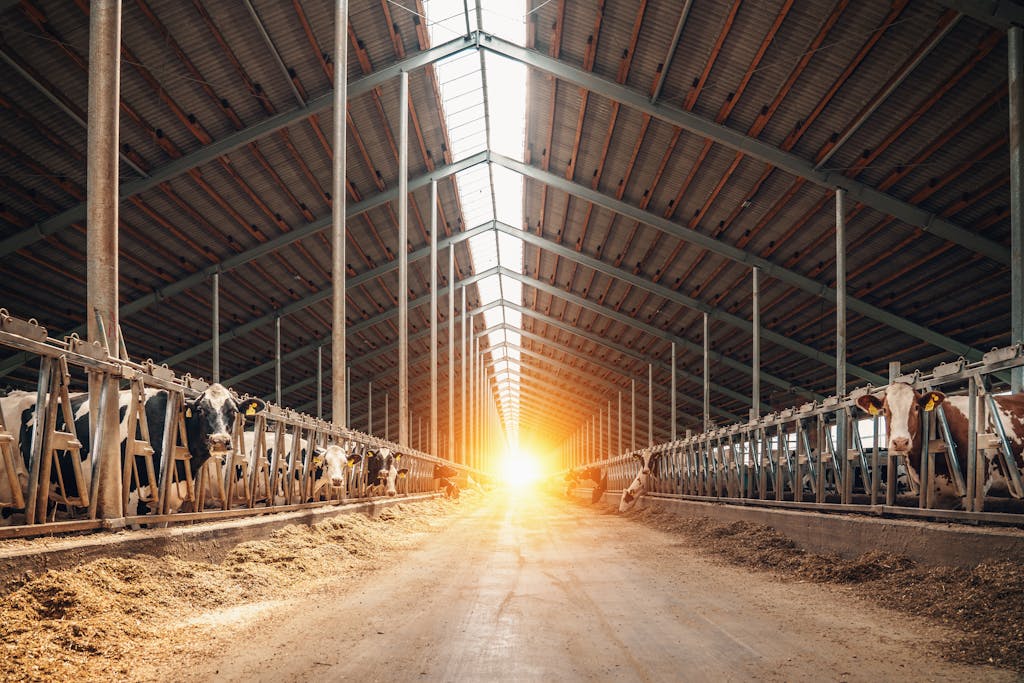
To obtain solar power grants and other REAP funding, you must know what the project will cost.
Solar panel prices vary based on the size of the system and your location.
Unbound Solar® can help you determine the amount of energy you need and calculate the cost.
Contact us today, and we’ll get you started on the right foot!


